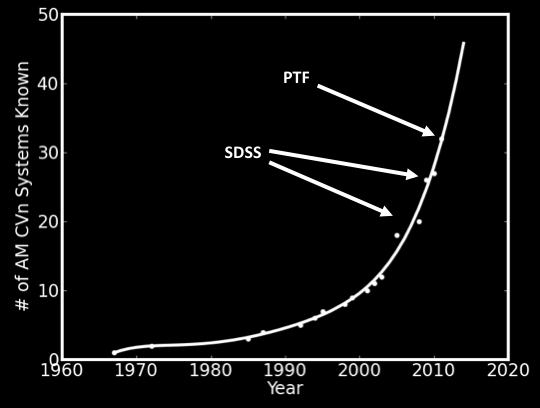AM CVn Systems
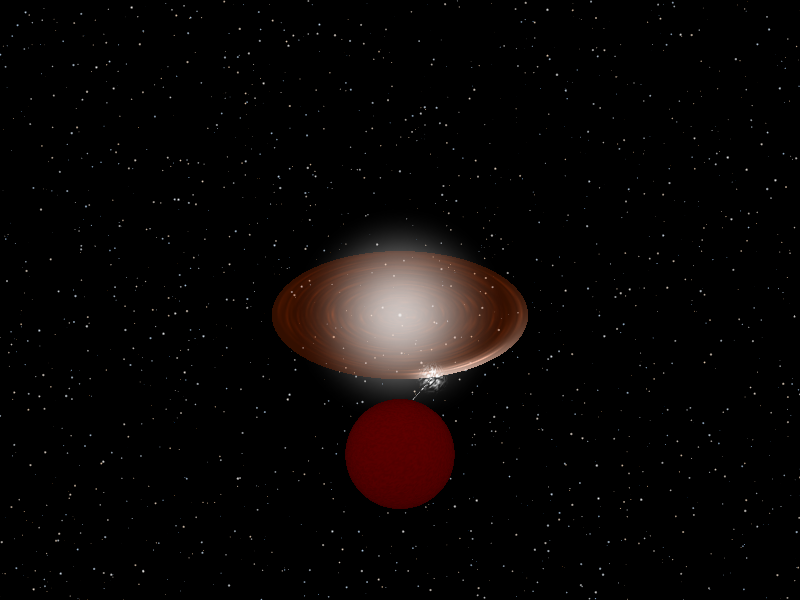
My primary scientific interest is in ultra-compact binaries, specifically those called AM CVn binaries. These binaries (shown in the graphic at the top of the page) are composed of a White Dwarf "primary" and a helium rich secondary star. The two rotate very quickly, with orbital periods between 5 minutes and an hour. No other binaries of "normal" stars are known to be closer.
AM CVn systems are semi-detached, meaning that mass is flowing from the secondary star to the primary star. The mass forms an accretion disk around the primary star. Note that the primary actually has a much smaller size (but much more mass) than the donor star. This is because both stars are degenerate matter, where more mass means a smaller, more compact object.
These systems are also very rare - only about 40 are known right now, of which we've discovered about 20% using the Palomar Transient Factory (PTF). Although very few are known, their rate of discovery is increasing rather quickly (see left), in part because of surveys like the PTF. We can use synoptic surveys like PTF to discover them because during part of their lives, they "outburst". This means they increase in brightness by up to 250 times in a matter of days and then slowly drop back down. A light curve from one of my papers is to the right.
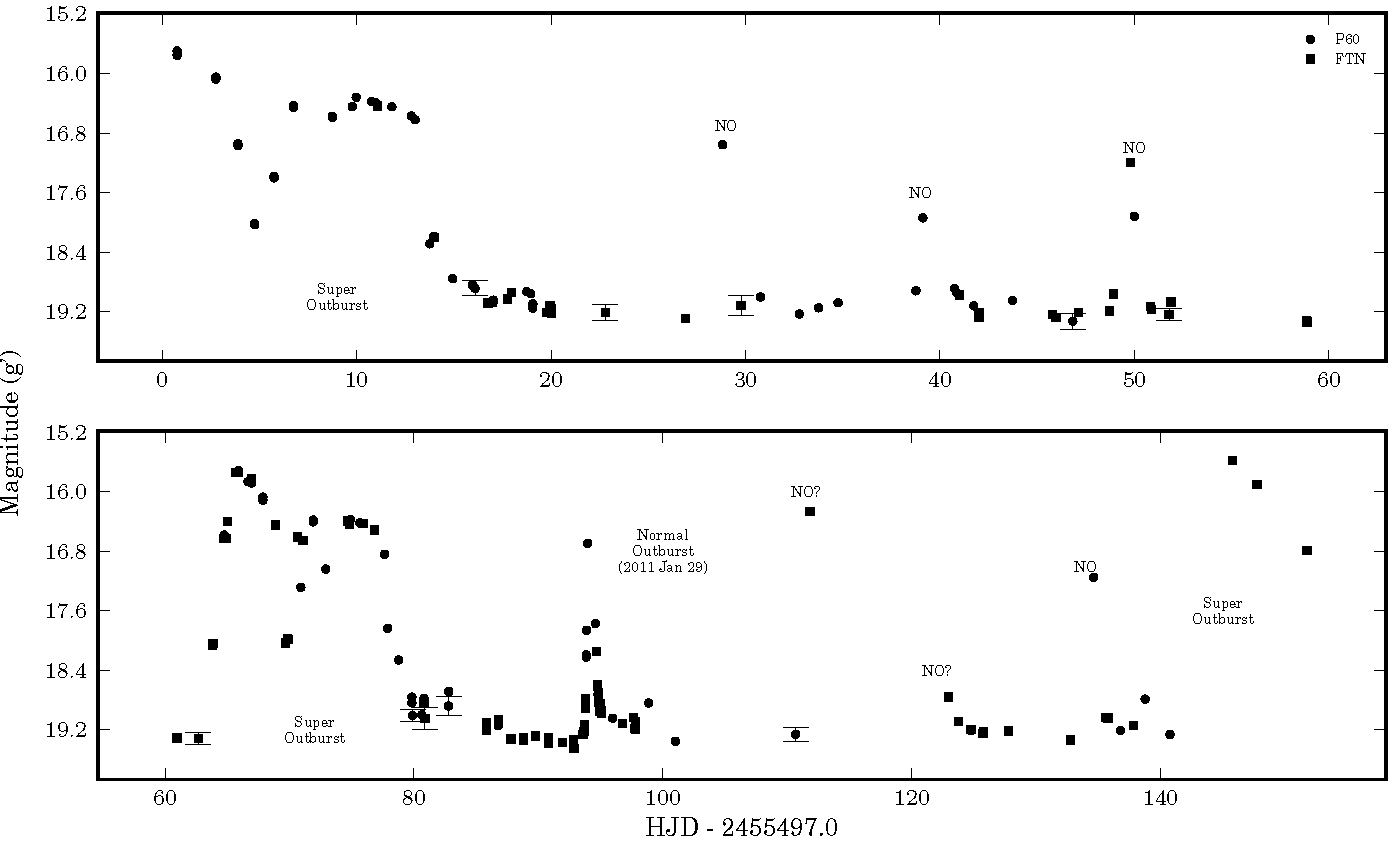
My primary goal in this project is to identify a systematically-selected sample of AM CVn systems and use this sample to understand their population density. This essentially means that I'm trying to count the number of systems that exist by identifying a number of new systems in such a way that I can estimate how many I missed.
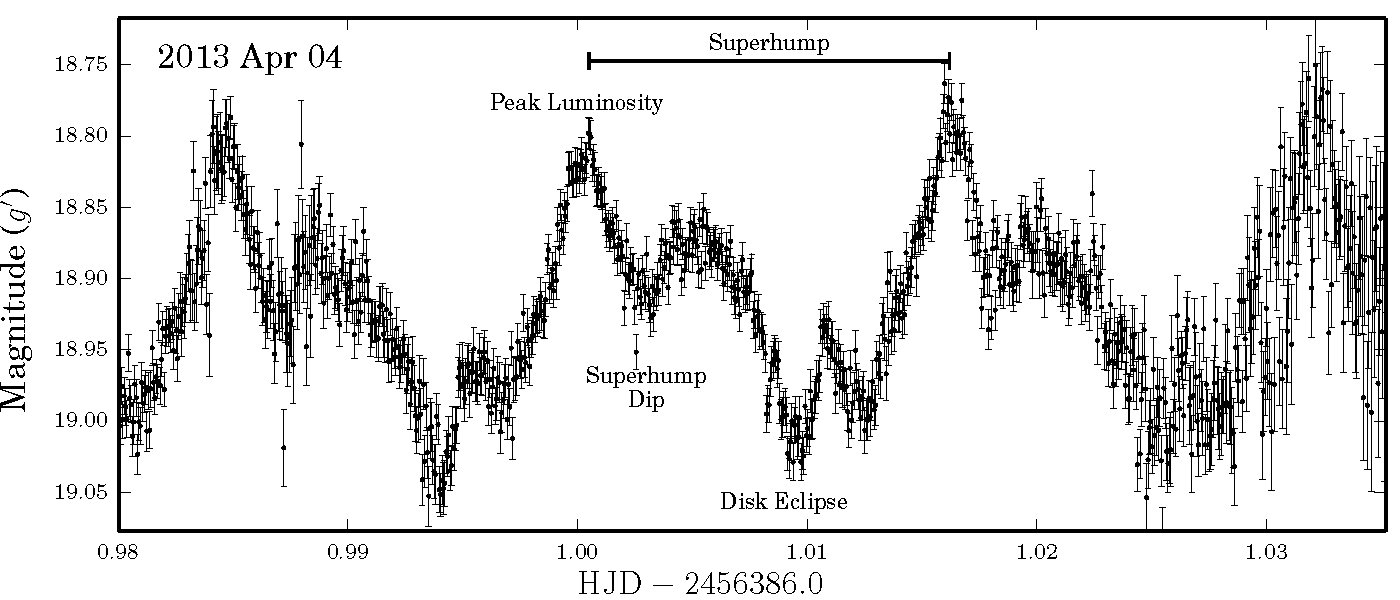
Using the PTF we have identified seven systems thus far (including the second known eclipsing one) and used the light curves to study their behavior. We have combined PTF data with other surveys to get a better idea of these systems' behavior. And we're using all this to come up with a better population estimate.
Cataclysmic Variables
AM CVn systems are actually close cousins to a much more numerous population of stars called Cataclysmic Variables (CVs). The name suits them perfectly. Like AM CVn system, they experience outbursts. The primary difference is that these are hydrogen-rich systems as opposed to helium-rich. Their periods are also much longer - in the few hour range.
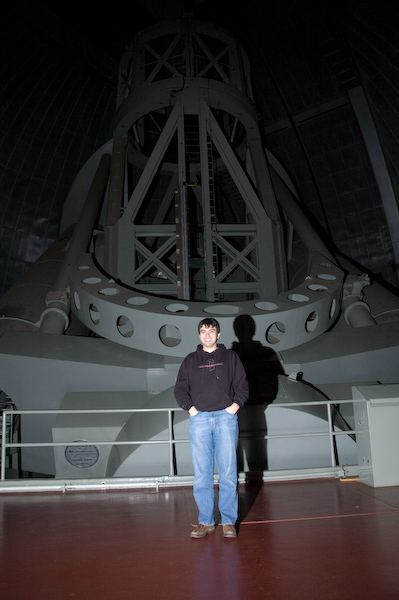
Here we are focused on looking for the systems not found in surveys like the Sloan Digital Sky Survey (SDSS). Specifically, we have been finding a much redder sample of CVs than that found in the SDSS. We're hoping that this means that our sample will include some systems that are "post-period minimum". These are old CVs that, instead of getting closer with time, are now getting further part. They have been theorized to exist, but no one has identified one yet.
Observing
Of course, all these questions often lead us to the telescope. We typically have at least 1 night a month on either the P200 (I'm pictured to the right there) or the Keck telescopes.
